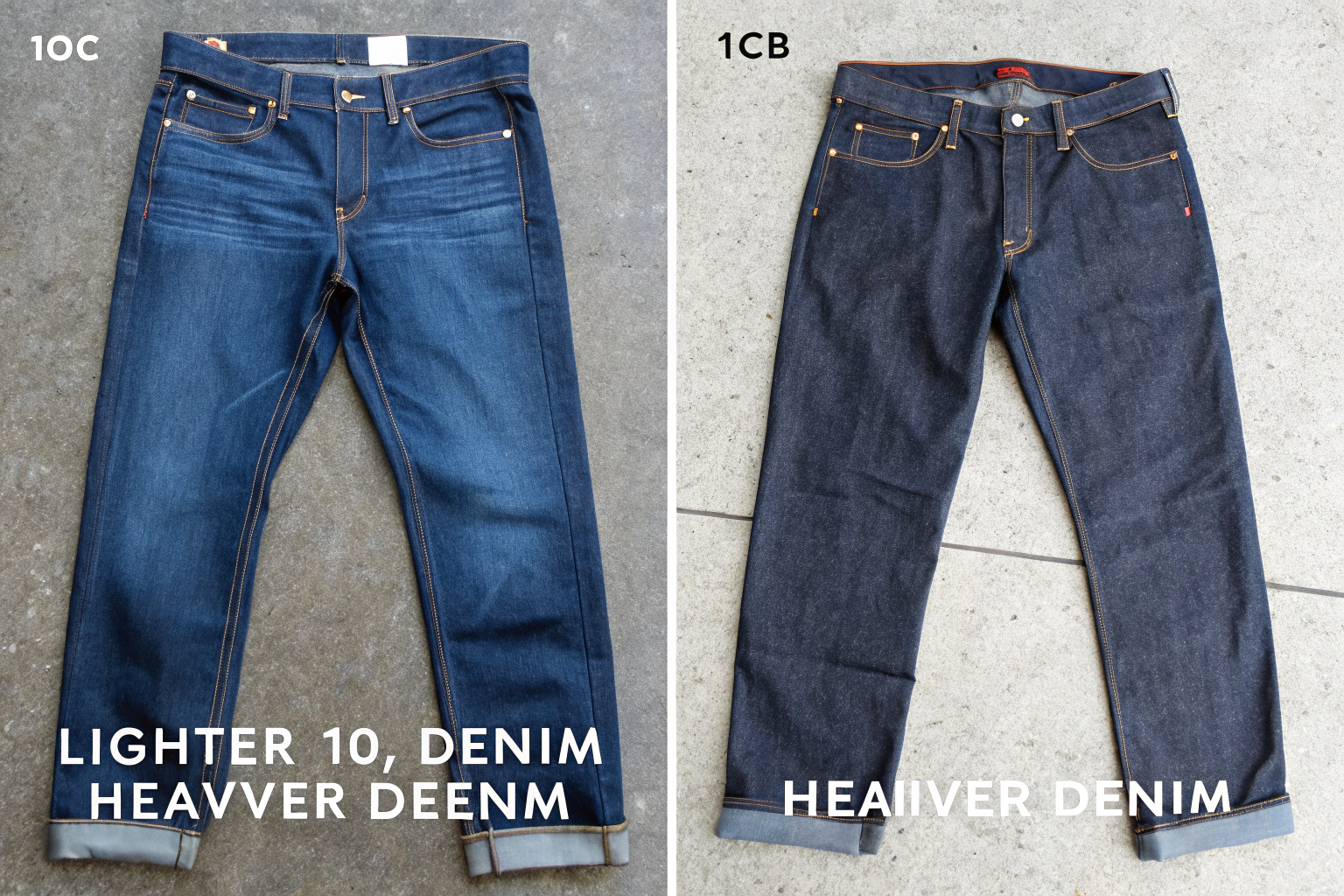Selecting the correct denim weight is crucial for your jeans production. Many designers find this decision challenging. The choice between 10oz and 14oz denim affects multiple aspects of your final product. Comfort, durability, and market appeal all depend on this fundamental selection.
Denim weight directly influences your jeans' performance and customer satisfaction. Lighter 10oz denim provides superior breathability for warm weather. Heavier 14oz denim offers enhanced durability for workwear. Your selection should match your target market's needs and climate conditions.
Understanding denim weights helps you create successful collections. This knowledge ensures your products meet both functional and commercial requirements. Let's examine how to make this important decision confidently.
What Does Denim Fabric Weight Mean?
Denim weight measures thickness and density. It is calculated in ounces per square yard. This measurement determines how the fabric feels and performs. Heavier denim has more tightly packed yarns. Lighter denim uses fewer yarns for better airflow.
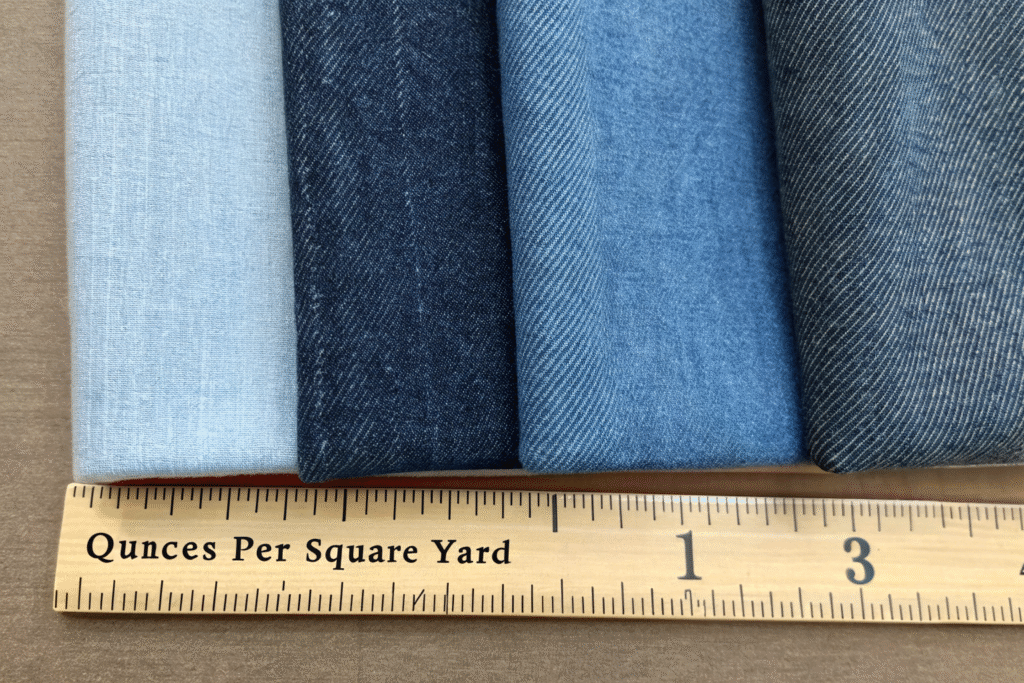
How Do Manufacturers Measure Denim Weight?
The textile industry uses standardized measurement systems. Weight is calculated per square yard of fabric. The International Denim Federation establishes these standards. Our Keqiao facilities use precision instruments for accuracy. This ensures consistent quality across production runs.
What Are the Practical Implications?
Fabric weight affects real-world performance. Heavier denim resists abrasion better. This makes it suitable for work environments. Lighter denim allows greater movement flexibility. According to Textile World Magazine, weight also determines thermal properties. These differences impact seasonal appropriateness.
When Should You Choose 10oz Denim?
10oz denim serves specific market needs. It excels in warm climates and casual wear. Brands targeting comfort-conscious consumers prefer this weight. It offers easy movement and modern aesthetics.
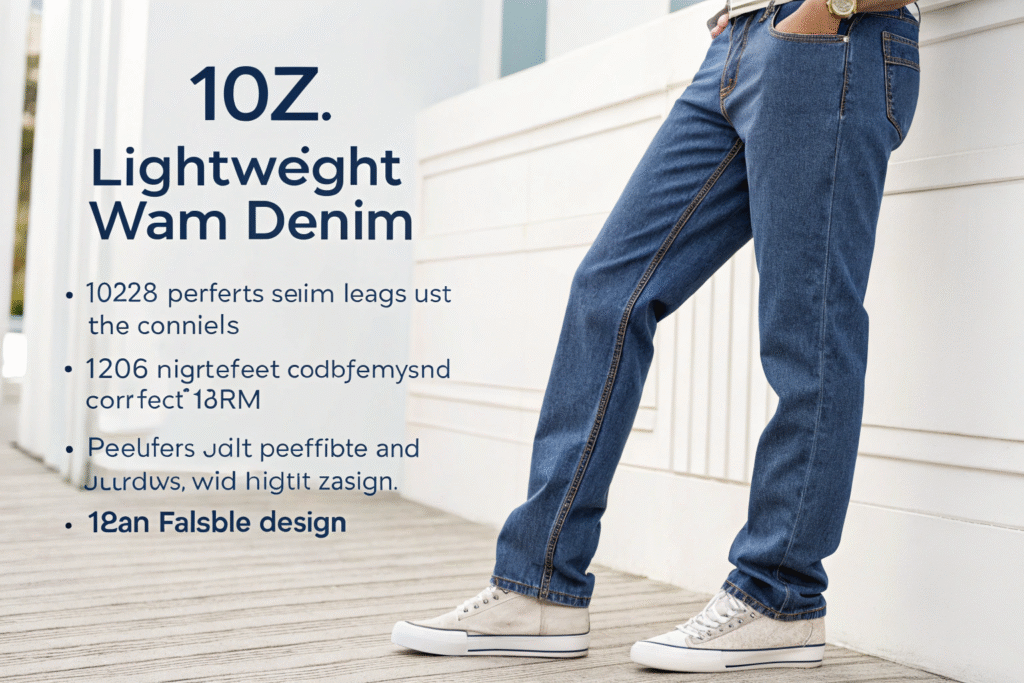
What Advantages Does 10oz Denim Offer?
This weight provides excellent breathability. It requires shorter break-in periods. The drape is better for slim silhouettes. Air circulation is superior in warm weather. Our production experience shows easier washing and finishing. The Sustainable Denim Council confirms lower environmental impact.
Which Markets Prefer 10oz Denim?
Warmer regions show strong preference for this weight. Southern US states and Southeast Asia are key markets. Fashion brands choose it for summer collections. Younger demographics appreciate its comfort. Fast-fashion retailers use it extensively.
Who Should Select 14oz Denim?
14oz denim delivers exceptional durability. It maintains traditional denim characteristics. Brands focusing on premium positioning often choose this weight. It provides substance without extreme heaviness.
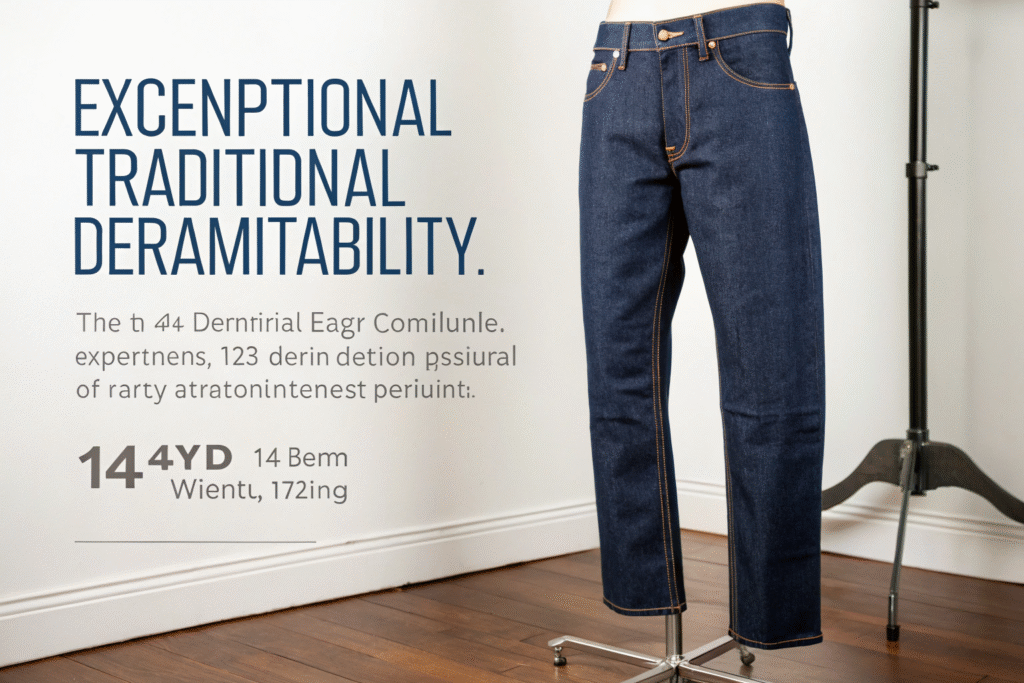
What Makes 14oz Denim Stronger?
The denser construction resists wear and tear. It withstands rough working conditions. This weight offers better wind protection. Cold weather performance is significantly improved. Denim Standards International confirms longer lifespan expectations.
Where Is 14oz Denim Essential?
Workwear applications demand this weight. Premium denim brands use it for quality perception. Outdoor apparel requires its protective qualities. The American Textile Manufacturers Association validates its industrial performance.
How Does Weight Affect Production and Cost?
Denim weight impacts manufacturing processes. It influences timelines and cost structures. Understanding these effects helps planning and budgeting.
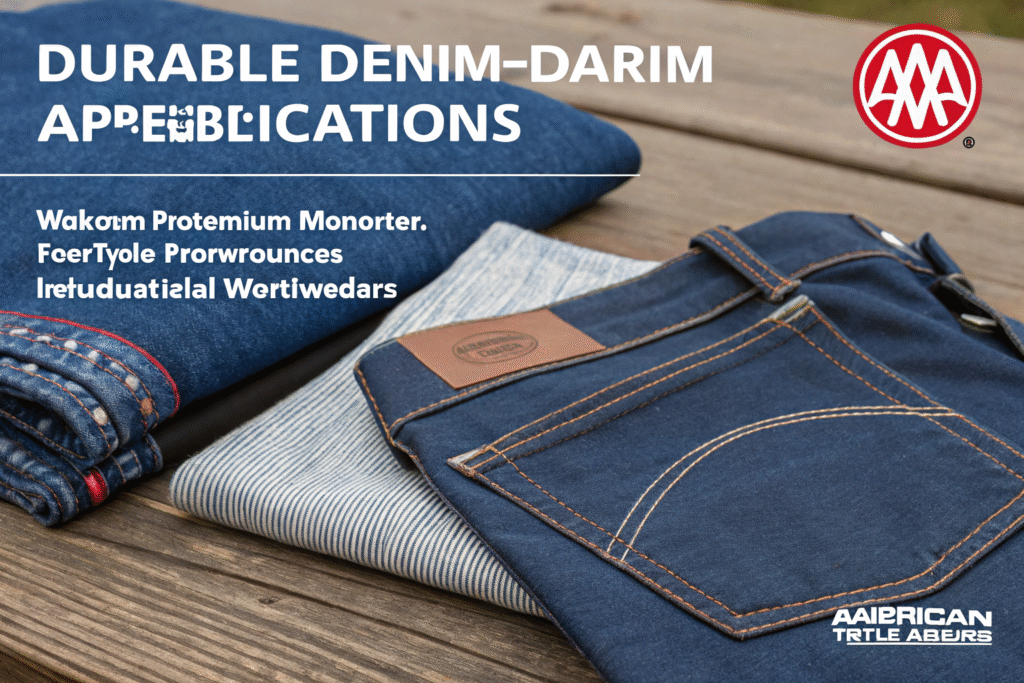
What Manufacturing Differences Exist?
Heavier denim requires more raw materials. Production speeds are generally slower. Dye penetration takes longer to achieve. Washing cycles need extended time. Our facilities adjust processes accordingly.
How Does Weight Influence Pricing?
Material costs increase with weight. Shipping expenses rise due to density. The table below shows key differences:
| Factor | 10oz Denim | 14oz Denim |
|---|---|---|
| Material Cost | Baseline | 25% More |
| Production Speed | Faster | 15% Slower |
| Shipping Cost | Standard | Higher |
| Wash Time | Normal | 20% Longer |
These factors affect your final product pricing. They also influence your production scheduling.
Conclusion
Your denim weight selection should match your business goals. Consider your target market carefully. Evaluate climate conditions and usage scenarios. Balance comfort needs with durability requirements.
We can help you make the right choice. Contact Business Director Elaine at elaine@fumaoclothing.com. Our expertise ensures optimal results for your denim line. We provide complete manufacturing solutions from fabric to finished product.

